The Interactional Instinct explores the evolution of language from the theoretical view that language could have emerged without a biologically instantiated Universal Grammar. In the first part of the book, the authors speculate that a hominid group with a lexicon of about 600 words could combine these items to make larger meanings.
Combinations that are successfully produced, comprehended, and learned become part of the language. Any combination that is incompatible with human mental capacities is abandoned. The authors argue for the emergence of language structure through interaction constrained by human psychology and physiology.
In the second part of the book, the authors argue that language acquisition is based on an interactional instinct that emotionally entrains the infant on caregivers.
This relationship provides children with a motivational and attentional mechanism that ensures their acquisition of language.
In adult second language acquisition, the interactional instinct is no longer operating, but in some individuals with sufficient aptitude and motivation, successful second language acquisition can be achieved.


![The Idea Of History Through Ages [Hardcover]](https://booksandbook.com/wp-content/uploads/2023/11/The-Idea-Of-History-Through-Ages-Hardcover-600x600.png)
![The Killing Compartments: The Mentality of Mass Murder [Hardcover]](https://booksandbook.com/wp-content/uploads/2023/11/The-Killing-Compartments-The-Mentality-of-Mass-Murder-Hardcover-600x600.png)
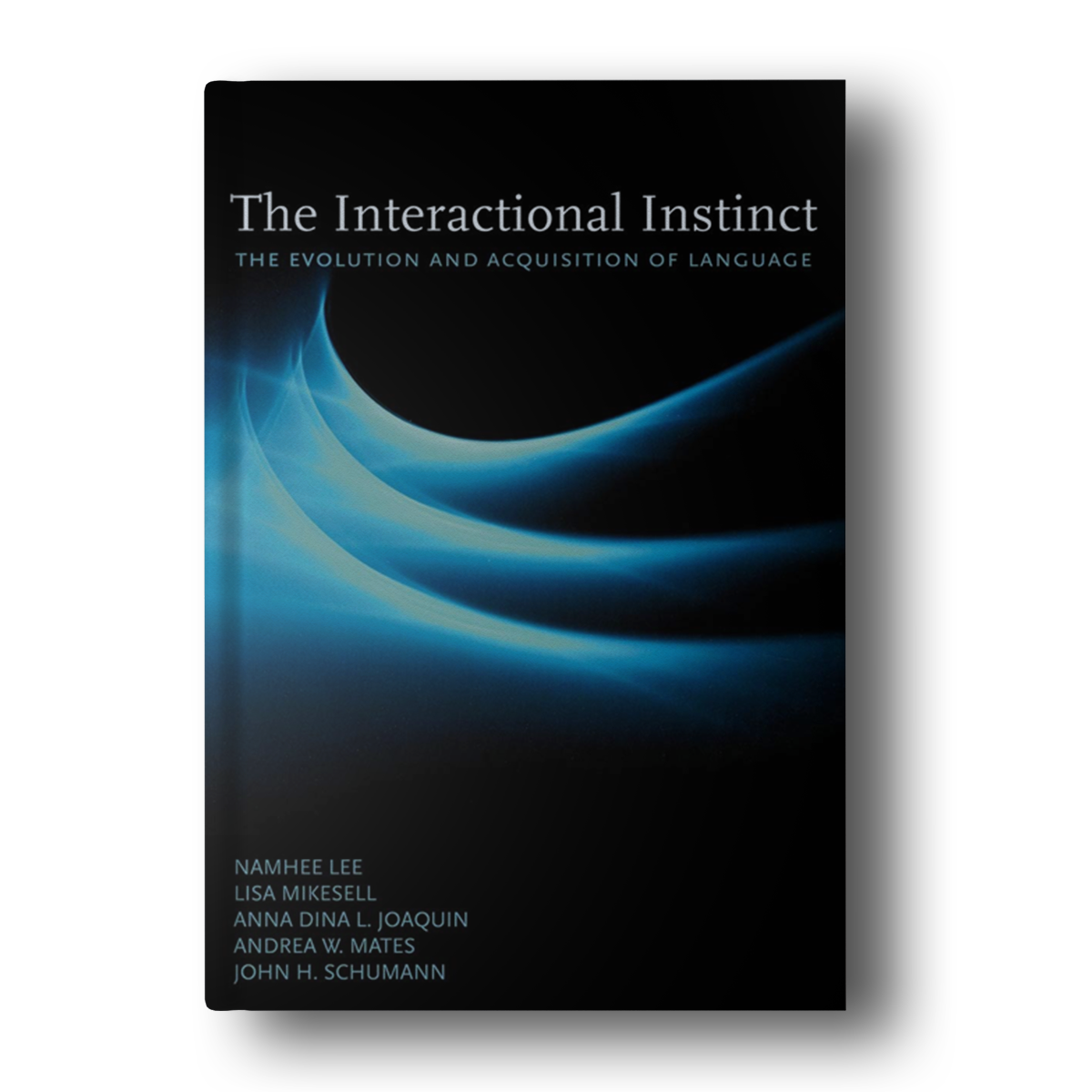
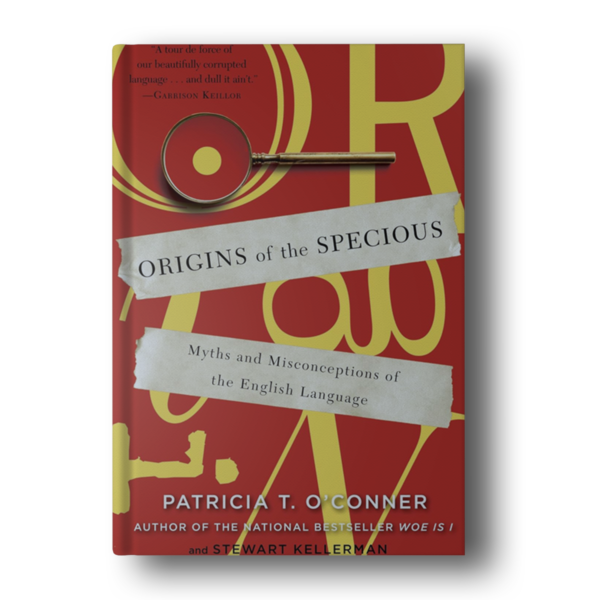


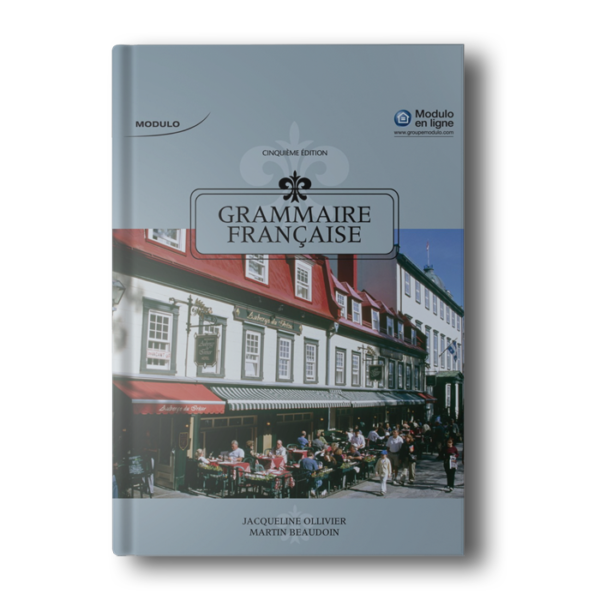

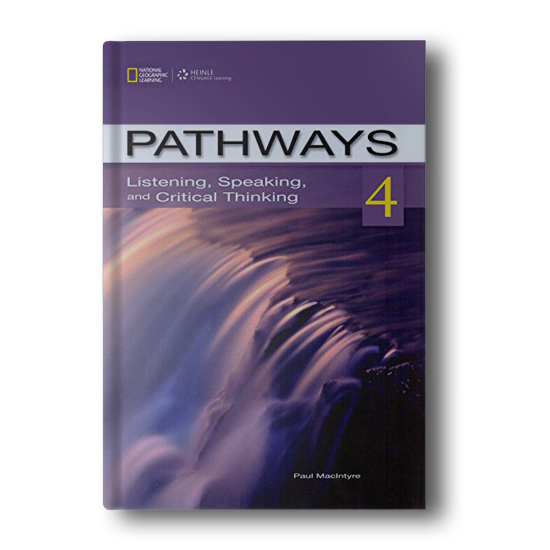



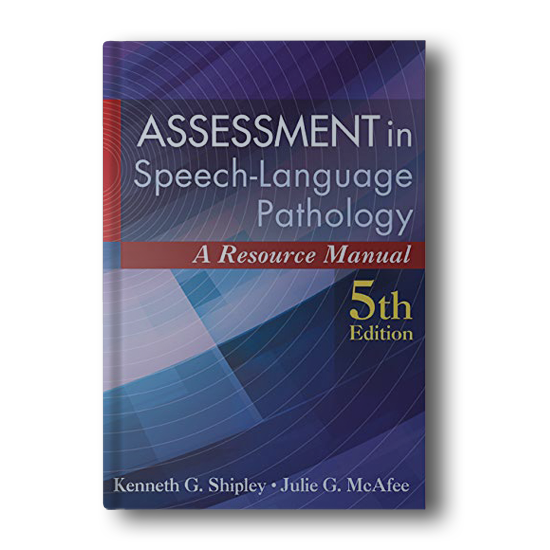
Reviews
There are no reviews yet.